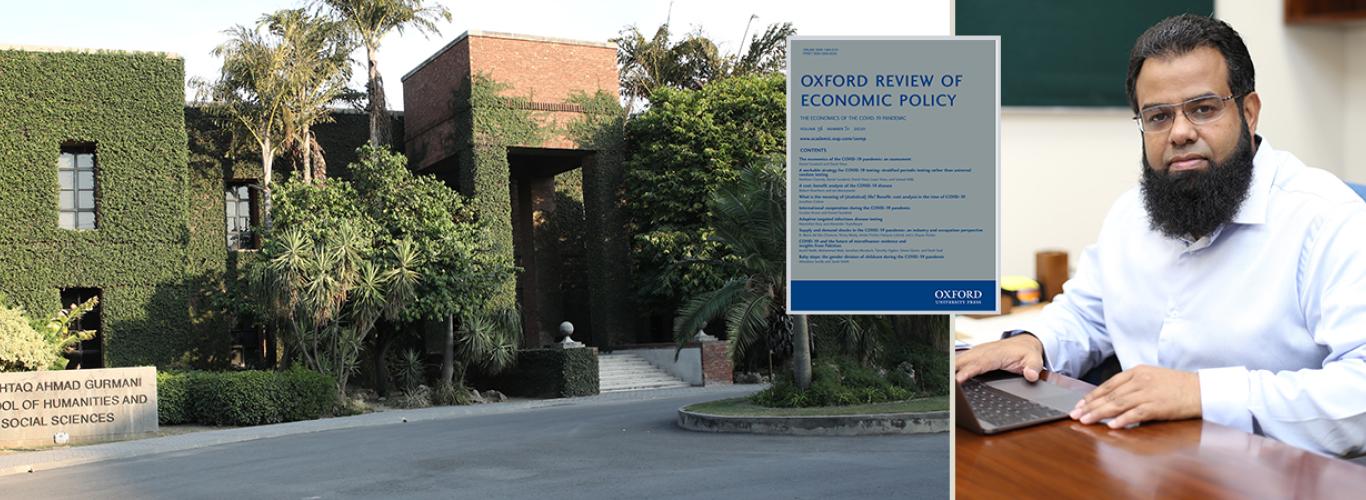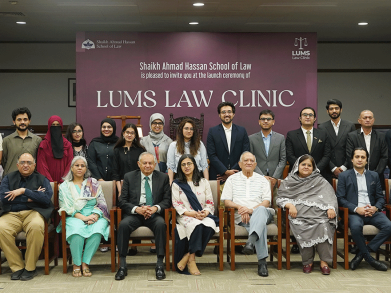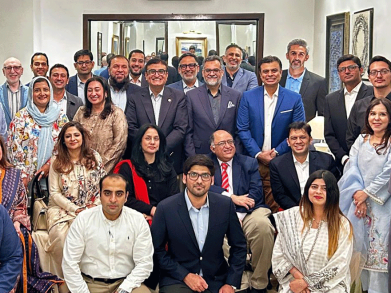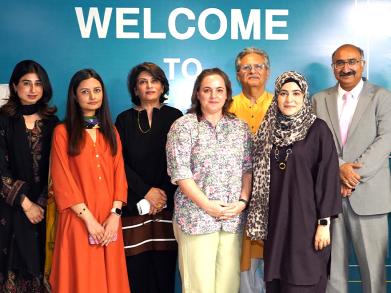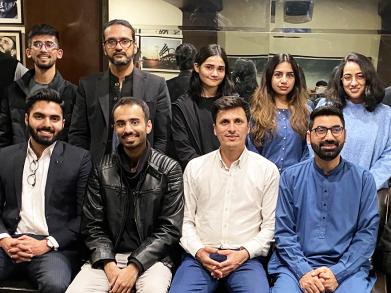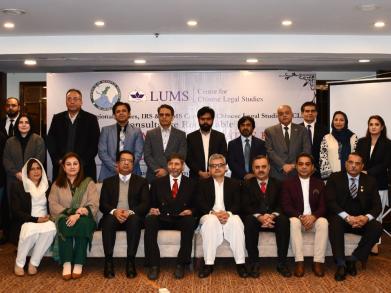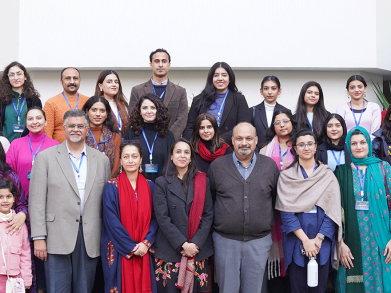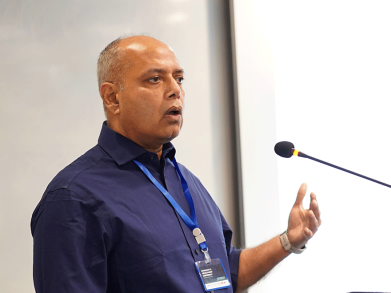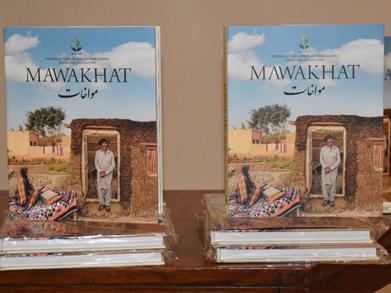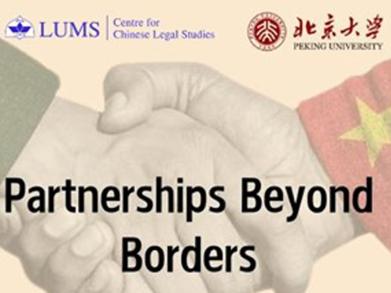Mapping the economic cycle of the poor, during the time of COVID-19
Associate Professor at the department of Economics, Dr. Kashif Z. Malik has been working in the area of micro finance for the last 8 years and his recent research has led him to explore the impact of COVID-19 on the future of microfinance.
His article “COVID-19 and the Future of Microfinance: Evidence and Insights from Pakistan” has been published in the Oxford Review of Economic Policy, a leading policy journal that offers insight into economic policies worldwide.
Pakistan’s microfinance sector which serves more than 7.3 million of the country’s economically active and low-income households that live close to the poverty line and use microfinance to manage cash flow and to protect themselves against risks. The COVID-19 pandemic threatens livelihoods of microenterprises, and, with that, has created immediate challenges for institutions that serve affected communities.
Dr. Malik along with the team of researchers from Oxford University, New York University and Lahore School of Economics reported results from rapid response phone surveys of about 1,000 microenterprise owners, a survey of about 200 microfinance loan officers, and interviews with regulators and senior representatives of microfinance institutions.
Dr. Malik recalled one of the major challenges in conducting the research was data collection. “Due to the physical restrictions of the lockdown, we could not collect primary data in person. We then decided to collect data over phone by conversing with three different respondents: microenterprises; microfinance organizations consisting of microfinance institutions and microfinance banks; and the third crucial respondent were the loan officers.” These surveys starting about a week after the country went into lockdown to prevent the spread of the novel coronavirus.
“Our aim was to investigate the extent of the impact of COVID-19 on the microfinance industry within Pakistan and whether it would become an existential crisis for the industry,” he explained
The research finds that, on average, week-on-week sales and household income both fell by about 90%. Households’ primary immediate concern in early April became how to secure food. As a result, 70% of the sample of current microfinance borrowers reported that they could not repay their loans; loan officers anticipated a repayment rate of just 34% in April 2020.The study builds from the results to argue that COVID-19 represents a crisis for microfinance in low-income communities.
According to the research, the pandemic has disrupted both the client-facing and the capital-facing sides of microfinance simultaneously and immediate interventions are necessary in Pakistan to mitigate this crisis, Dr. Malik explained.

